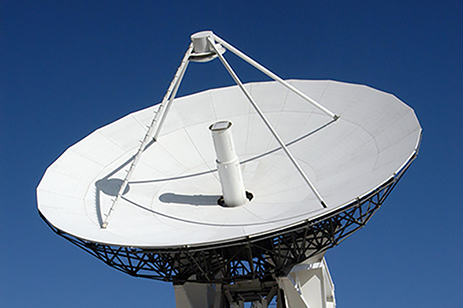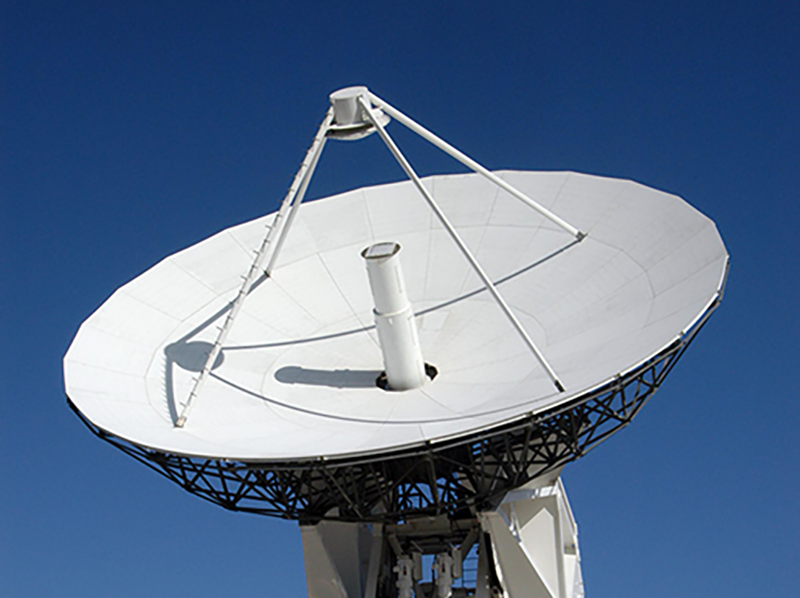
Many satellite communication (SATCOM) systems use S-band (2-4 GHz) and C-band (4-8 GHz) for communication. To sample these frequencies accurately, the sampling rate must be at least two times, preferably closer to three times, the carrier frequency being used for communication. These frequencies tend to be beyond most conventional digital converter technology, so analog conversion techniques such as frequency mixing are typically used to convert the received signal to a lower fixed intermediate frequency (IF) to bring the signals within range of standard digital converter technology.
If data conversion technology was fast enough, these signals could be directly sampled by the Analog-to-Digital Converter (ADC), eliminating the need for the front-end mixer. Direct sampling also enables the full bandwidth to be processed using digital signal processing (DSP) techniques.
In order to fully process the generation and reception of SATCOM signals, a large amount of processing is required. Historically this required the development of expensive custom ASICs. As FPGAs have continued to grow in capability, the processing can now be performed by several FPGAs as long as there is sufficient interconnect bandwidth to pass the data between the FPGA processing units. Because FPGAs are reconfigurable, this also enables the design to be upgradeable over time with new algorithms, without changing the hardware.
Recently a major SATCOM provider came to Curtiss-Wright Defense Solutions to see if there was a way to combine the ultra-wideband sampling performance of the multi-gigabit ADCs and DACs with the high-performance FPGA products into a flexible architecture for a SATCOM product. The goal was to create a product that could be used for land-based stations, as well as for simulation of space-based stations.

Results
By combining the industry-leading 12 GSPS (and now 25 GSPS) data converter modules with high-performance FPGA products, a SATCOM system can directly sample S-band and C-band signals with a flexible amount of configurable processing sitting behind it. These modules can also be combined with other general-purpose processor modules, switch cards, or recorders to provide even more capability.
While this system was specifically created for a SATCOM application, this same concept can be applied to other wideband communication systems that use S-band or C-band frequency signals. This technique can also be applied to higher rate signaling where down conversion may not be able to be eliminated, but it can be simplified.
Download the full case study to learn about the solution and results.